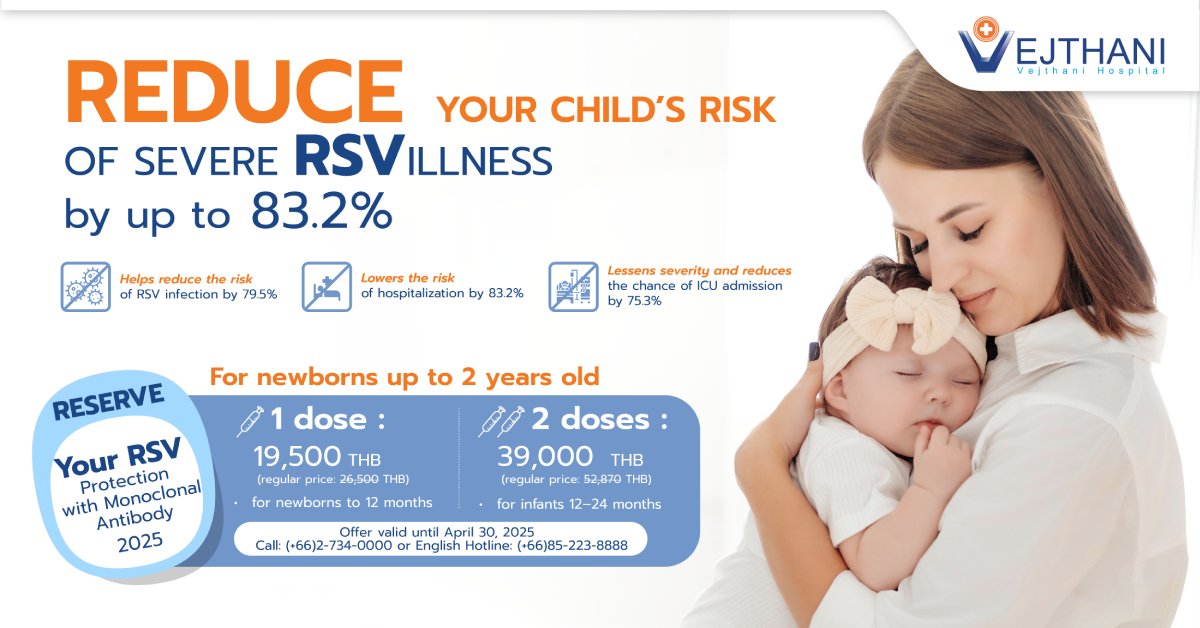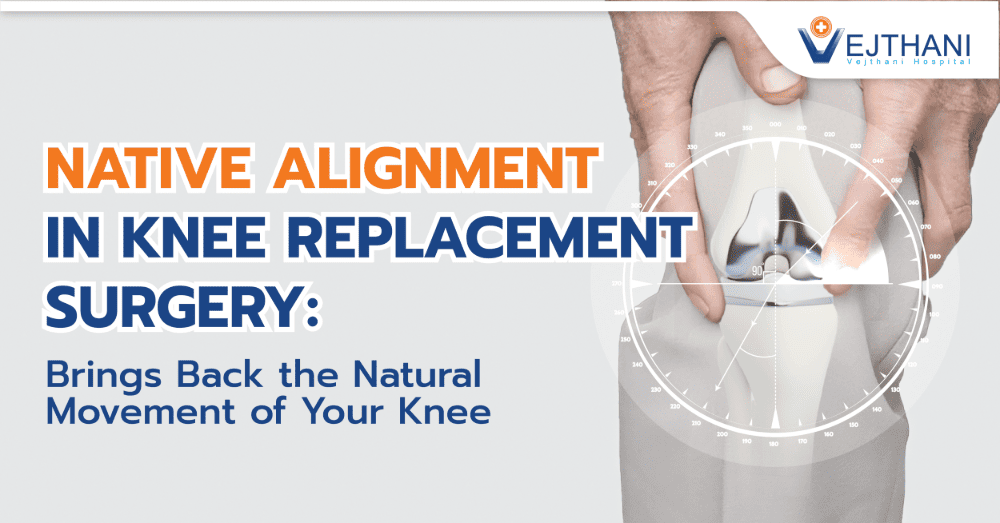
Preeclampsia
Overview
Preeclampsia is a serious pregnancy condition that typically develop after 20 weeks of pregnancy. People with preeclampsia will experience elevated blood pressure, protein in their urine, swelling of the legs, feet and hands, headaches, impaired vision, and even organ damage.
Treatment for preeclampsia is early delivery. The severity and the current gestational age will determine if when the patient should give birth. Preeclampsia is treated with close monitoring, blood pressure-lowering medicines, and complications management prior to birth.
Preeclampsia can progress to eclampsia, a severe complication that can have health risks for the mother and the unborn baby. Preeclampsia had progressed to eclampsia if the patient is experiencing seizures.
The patient with this condition should be treated by the healthcare professional because the condition could be dangerous or life-threatening for the mother and the unborn baby if left untreated.
Symptoms
Preeclampsia can frequently occur without any symptoms. Preeclampsia signs and symptoms are frequently discovered during standard prenatal checkups with a healthcare professional.
Preeclampsia signs and symptoms may include:
- Hypertension with blood pressure greater than 140/90 mmHg.
- Swelling of the extremities
- Blurred vision, sensitivity to light, or temporary loss of vision
- Headaches
- Fluid in the lungs that cause difficulty in breathing
- Upper abdominal pain, commonly on the right side under the ribs
- Nausea or vomiting
- High protein level in the urine (proteinuria)
- Low platelet count (thrombocytopenia)
- High liver enzymes
Typically, the gradual weight gain and swelling (edema) are normal during pregnancies. Preeclampsia may be detected by abrupt weight gain or edema, particularly in the hands and face.
Pregnancy-related high blood pressure concerns
- Preeclampsia: is one type of high blood pressure (hypertension) disorder that can develop during pregnancy.
- Chronic hypertension: is high blood pressure that occurs or was present before to 20 weeks of pregnancy. Chronic hypertension is the term used to describe high blood pressure that lasts longer than three months after giving birth.
- Gestational hypertension: is increased blood pressure that appears after 20 weeks without high amounts of protein in the urine. Preeclampsia can manifest in certain pregnant women with gestational hypertension. This condition usually disappears after delivery.
- Chronic hypertension with superimposed preeclampsia: happens in women who have been previously diagnosed with chronic high blood pressure and experience pregnancy-related health issues such as protein in the urine and/or high blood pressure that worsens.
If the pregnant patient is experiencing any signs and symptoms such as severe headache, visual problems, abdominal pain, or difficulty in breathing, it is recommended to seek medical help.
Particularly if it is the first pregnancy, it can be challenging to determine when the new symptoms are just a normal aspect of being pregnant or they could signify a significant issue. Contact the healthcare professional if the symptoms cause any concern.
Causes
The exact cause of preeclampsia is unknown. Most experts says that preeclampsia maybe caused by placenta that does not function properly. New blood vessels form and grow early in pregnancy to provide the placenta with nourishment and oxygen, however in preeclampsia it may result in a reduction of the blood supply to the placenta, which may cause issues for both the mother and the unborn child.
The mother’s blood pressure may not be properly controlled if there are issues with the placenta’s blood circulation.
Risk factors
Preeclampsia is associated with an increased risk of the following conditions:
- History: Patient who had been diagnosed with preeclampsia from the previous pregnancy have higher risk to develop another preeclampsia for the next pregnancy.
- Multiple pregnancy: One or more pregnancy could put risk for preeclampsia. Being pregnant with a new partner could also put risk to the condition to develop.
- Other diseases: The following preexisting condition could increase the risk of preeclampsia. The following condition are chronic high blood pressure, type 1 or type 2 diabetes before pregnancy, kidney diseases, or autoimmune disorders.
Preeclampsia is moderately put the patient at risk with the following conditions:
- Age: first pregnancy during teenager age or over 40 years old.
- Family history: Mother or siblings of the patient had history of preeclampsia during their pregnancy.
- Race: Some studies say that African-American have higher risk to develop preeclampsia than other women.
- Weight: Patient have higher risk for preeclampsia if their body mass index is categorized as obese.
- Pregnancy interval: The patient have risk to develop preeclampsia if their pregnancy interval is less than 2 years or more than 10 years.
- In-vitro fertilization
Contact Information
service@vejthani.com






















